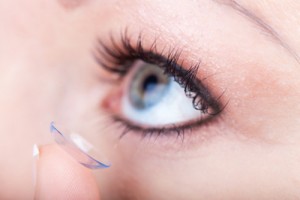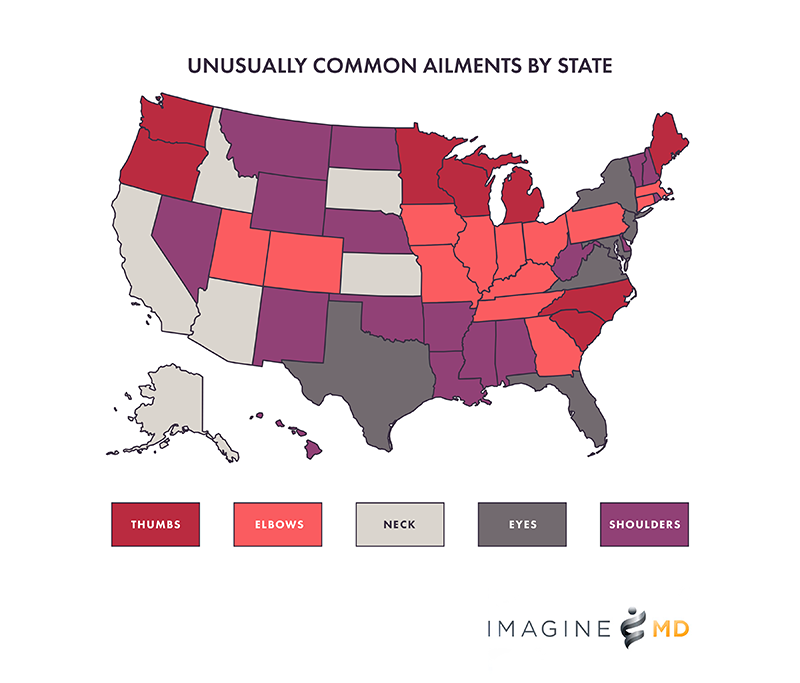We frequently hear about protecting our skin with sunscreen so it doesn’t burn or so we don’t get skin cancer. But, we don’t hear the same advice about protecting our eyes from the same problems.
Luckily, sunglasses block ultraviolet (UV) rays and even some contacts have UV protection. So, why don’t we hear about them more? Read on for more information about contacts and their potential health benefits.
About UV Contacts
Leonardo da Vinci was the first person to come up with the idea for contact lenses in the early part of the sixteenth century, but the first soft contact lenses were not introduced to the public by Bausch and Lomb until 1971. And, in the last several decades, lenses have been continually improving to be more comfortable, to help different eye conditions such as astigmatism and to better help your eye health.
UV-protection contacts have been available for about fifteen years. They were first available in rigid gas permeable lenses (RGP), and now they are available in soft lenses. Even though they are not very common, UV contacts can be one of the best ways to protect your eyes, according to Refractive Eyecare. These lenses can protect your eyes from every angle, unlike sunglasses that only protect from the front.
So, why is this feature rarely mentioned when you go to the eye doctor? The reasons for this vary, but you and your doctor should mainly be concerned with the fit of the contacts before any extra features. Also, because there are limited options to choose from, your doctor may simply forget to mention it or not think it’s worthwhile if you own a pair of sunglasses.
How to Protect Your Eyes
Just like sunglasses, UV contact lenses block UV rays in different degrees of effectiveness. The best UV protection is labeled as Class 1, which blocks at least 96 percent of UVA rays and 99 percent of UVB rays. ACUVUE OASYS with HYDRACLEAR Plus is an example of a Class 1 lens. On the other end of the spectrum, the lowest in UV protection come in thicker lenses and only block up to 10 percent of UVA and 30 percent of UVB rays. Unfortunately, these lower lenses may not be enough to protect your eyes by themselves.
No matter the strength of your contacts or sunglasses, one item of protection may not be enough. Many experts recommend wearing more sunglasses and a hat because it gives you two extra layers of protection. This is similar to the concept of wearing sunscreen and a hat to protect your skin.
The Future of UV Contact Lenses
Even though the effects of UV rays are not widely talked about, they can cause vision problems in your future. More and more studies, like the one by HealthyWomen, link cataracts to sun exposure, for example. Luckily, UV contact lenses will continue to be manufactured and improved, and, hopefully, UV protection will slowly become an automatic feature that is added to all contact lenses.




